Iron Ore To Steel Making Machines
2018-07-09T00:07:52+00:00
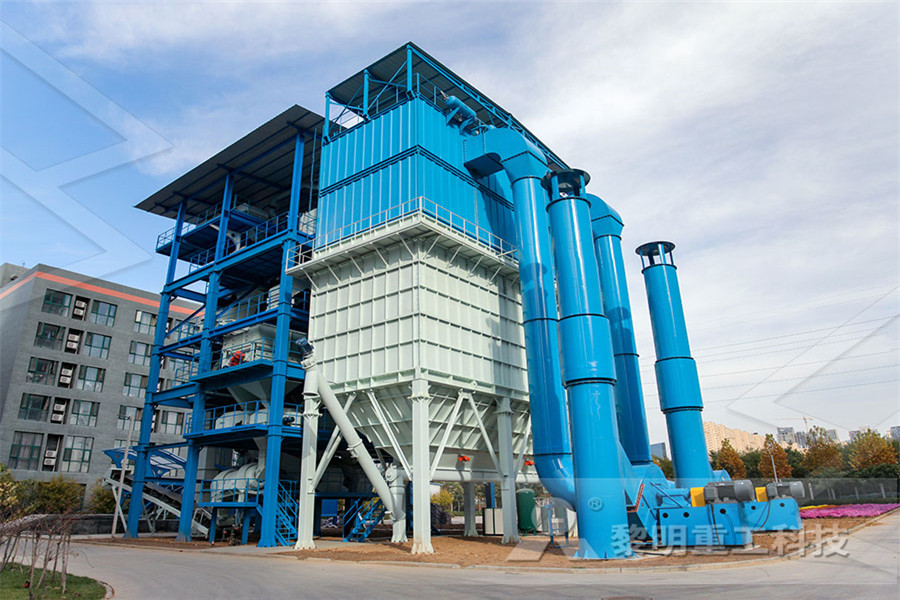
iron ore to steel making machine kalismahotel
Everything You Need to Know About Making Steel There, molten iron ore is combined with steel scrap and more flux The scrap melts, the flux purifies, and the carbon content is reduced by 90%, resulting in liquid steel Secondary processes may be applied afterwards, like the addition of elements such as boron or chromium Get Price Here’s what the USGS has to say about iron ore: Iron ore is the source of primary iron for the world’s iron and steel industries It is therefore essential for the production of steel, which in turn is essential to maintain a strong industrial base Almost all (98%) iron ore Iron Ore to Sintering to Steelmaking Analyzing MetalsOccasionally this technique of iron`making produced, by accident, a true steel rather than wrought iron 5 Ironworkers learned to make steel by heating wrough t iron and (PDF) ironsteel making From start to finish
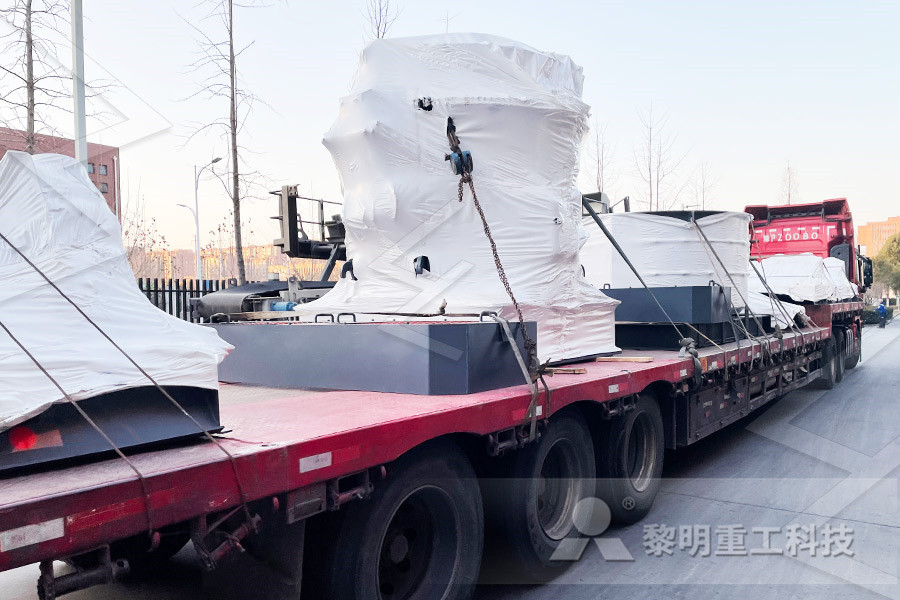
LowCarbon Production of Iron Steel: Technology
DRI is a proven technology to use H2rich gas for steel making from iron ore, producing over a 100 million tons of iron and ultimately over 90 million tons of steel in 2018 The reducing gas used for DRI production is syngas, produced from either coal gasification or SMR Increasing H2 fraction in reducing gas for DRI production is simpler than It takes around 16 tons of iron ore to produce one ton of steel The chemical symbol for iron is 'Fe' because of its Latin name Ferrum We use 20 times more iron (in the form of steel) than all other metals put together Our iron ore trains are over 25km (264 ore Iron ore BHP This ore has an iron composition of 53% to 56%, hardness 14, density 3,440 After some time of searching and digging, I have found quite a lot of ores Because of the high content of iron inside, heavy orePrimitive Skills; Making Steel From Iron Ore
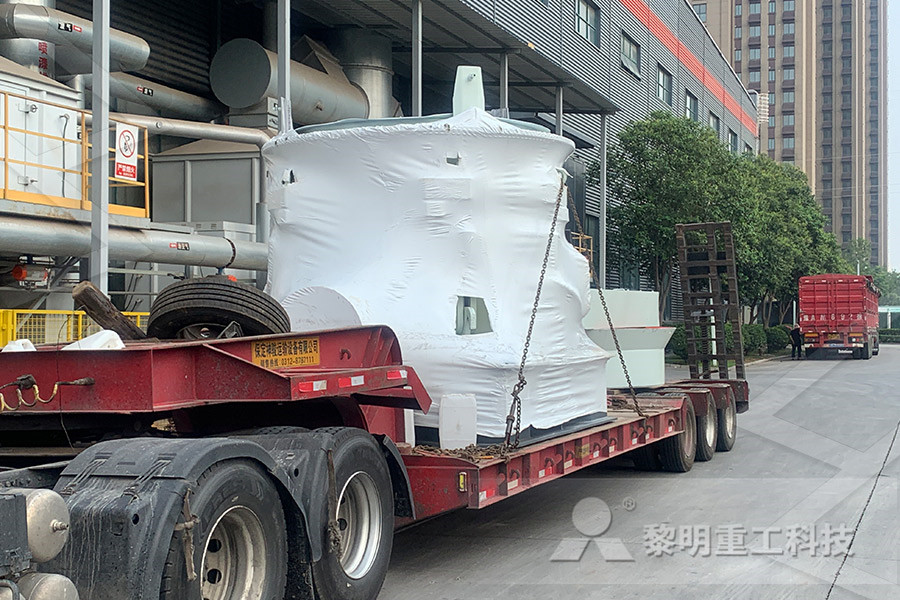
IRON AND STEEL chemguide
Mild steel Mild steel is iron containing up to about 025% of carbon The presence of the carbon makes the steel stronger and harder than pure iron The higher the percentage of carbon, the harder the steel becomes Mild steel is used for lots of things nails, wire, car bodies, ship building, girders and bridges amongst others High carbon steel Iron and steel making byproducts As with all largescale manufacturing processes, the production or iron and steel generates byproducts On average the production of 1 tonne of steel results in 200 kg (EAF) to 400 kg (BF/BOF) of byproducts The main byproducts produced during iron and crude steel production Steel manufacture SteelConstructionfo In 1856, Henry Bessemer announced the invention of a new way of converting pig iron into steel The Bessemer converter converted 25 tonnes of iron into steel in half an hour; it reduced the price of steel by a factor of five and greatly increased the volumes producedHow Sheffield became Steel City: what Soft

Iron Forge in Colonial America by Harry Schenawolf
There were three types of ferrous metal in use in the colonial period: cast iron, high in carbon and brittle, but excellent for making frying pans, Dutch ovens, cannon balls, and cheaper grades of cannon; wrought or bar iron, low in carbon and very tough so excellent for anchor chains, nails, and musket barrels; and steel, carefully controlled amounts of carbon allowing the steel Prereduced iron ore, coal, and oxygen are injected into a deep steelmaking slag The coal is devolatilized and partially combusted to CO The uncombusted coal char either directly reacts with iron oxide dissolved in the slag to form iron and carbon monoxide or dissolves in the iron bathEmerging Technologies for Iron and Steelmaking Iron Ore Iron ore is the primary raw material used to make steel Steel is strong, longlasting and costefficient – making it perfect for everything from washing machines to cars, bridges and skyscrapers According to the World Steel Association, steel is the most commonly used alloy in the world Global steel consumption is forecast to Iron Ore Rio Tinto
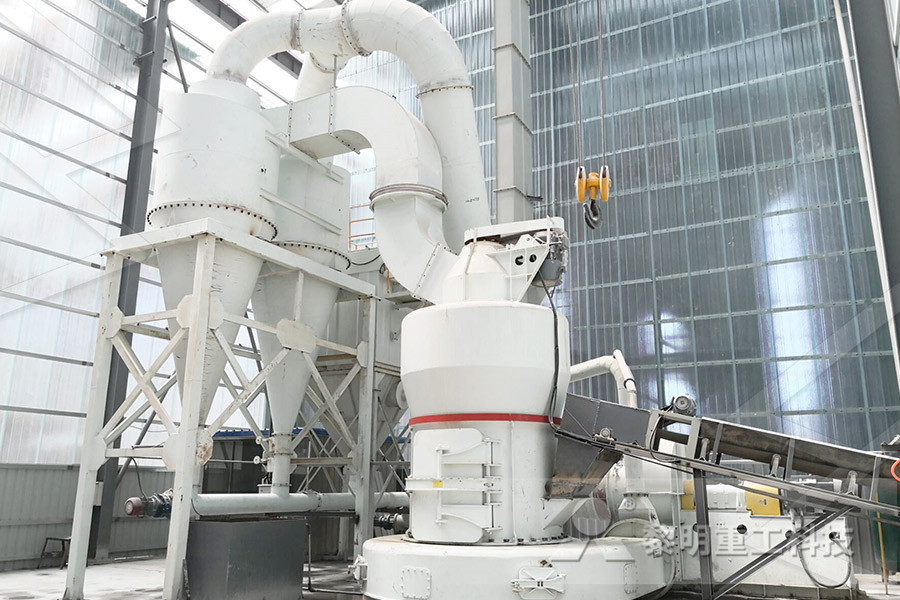
Iron and Steel Converting byproducts to feedstock
Proven metal recovery with simple, reliable equipment If your mills are accumulating mountains of minus 3mm fines with varying moisture levels, then you’re in our sweet spot and we should talk For more information on Steele byproduct management for iron and steel mills, talk to your regional Steele sales representative or call +17048723681 Making steel Most iron is turned into steel, which is stronger and more flexible To make steel, the molten iron is mixed with carbon (coal or coke) and processed into big slabs New Zealand’s ironsands New Zealand does not have much iron ore in rocks, but it has plenty of beaches with ironsands, another type of oreIron and steel – Te Ara Encyclopedia of New Zealand Direct Reduced Iron (DRI) Production Plant NIPPON STEEL ENGINEERING CO, LTD Basic Concept or Summary S16 u A direct reduced iron (DRI) production plant is a shaft reduction furnace to produce DRI with large metal iron content by directly reducing iron ore (or iron ore Direct Reduced Iron (DRI) Production Plant
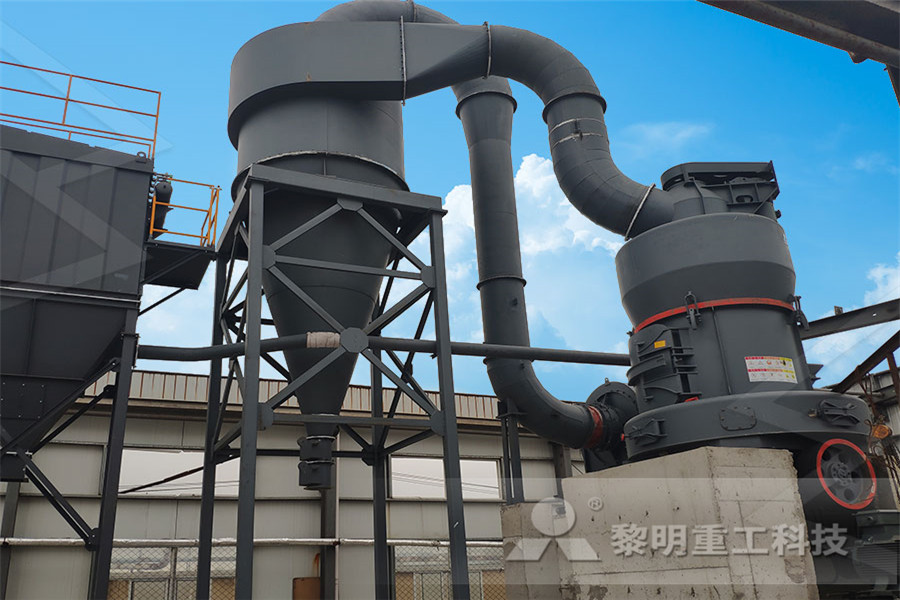
The Lion Group
The Group is also involved in upstream iron making and operates a Direct Reduced Iron (DRI) plant and a Hot Briquetted Iron (HBI) plant, both using the Midrex Direct Reduction technology that converts iron ore into highpurity DRI or HBI for iron making, steel making and foundry applications and enables the production of high quality steel The Tete Steel Vanadium Project is ideally positioned at the confluence of all iron and steel making raw materials of iron ore, coal, power and water By leveraging the Project’s unique access to these resources, Baobab intends to establish a vertically integrated mining and steelmaking operation, producing steel products to supply the Tete Steel Vanadium Baobab ResourcesThese units convert the concentrated iron ore to production pellets Direct reduction plant (DRI) This unit converts the pellets into sponge iron the plant comprises four Midrex modules with a total capacity more than 4 million tons Steel making plant This unit converts sponge irons to Slab, Bloom and Billets The steel making plant consist of :introduction KSC
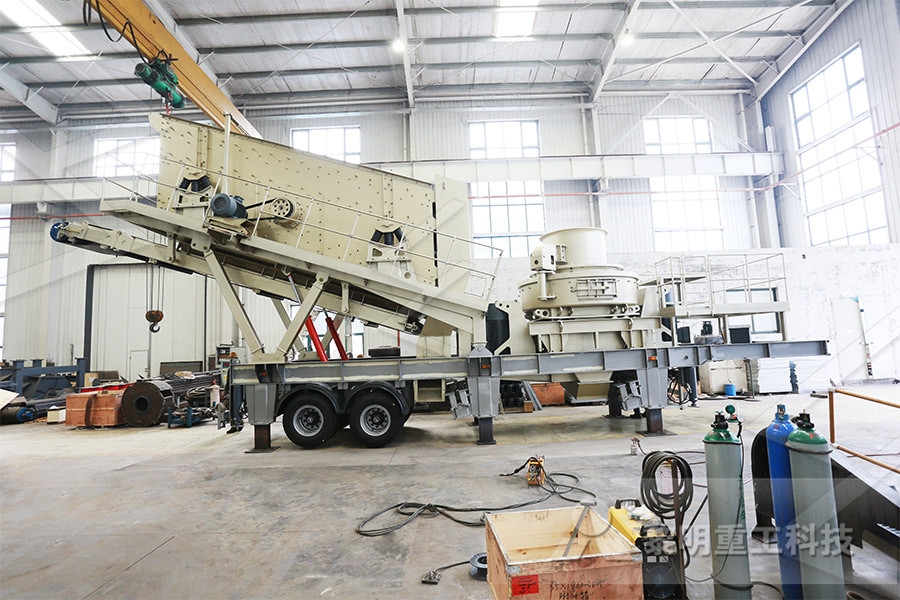
No 385: African Steel Making
Today, ancient African ingenuity gives us steel The University of Houston's College of Engineering presents this series about the machines that make our civilization run, and the people whose ingenuity created them Modern steelmaking began in 1847 William Kelly of Eddyville, Kentucky, found he could make superior structural iron if he blew Sheffield was an ironmaking region, though it wasn’t in the forefront even of the British industry The cutlers of Sheffield had no hesitation in buying in better quality bariron from Spain and the Baltic to make their products More relevant to the cutlery trade was the cementation process to convert bariron to steel in large batchesHow Sheffield became Steel City: what Soft Making steel Most iron is turned into steel, which is stronger and more flexible To make steel, the molten iron is mixed with carbon (coal or coke) and processed into big slabs New Zealand’s ironsands New Zealand does not have much iron ore in rocks, but it has plenty of beaches with ironsands, another type of oreIron and steel – Te Ara Encyclopedia of New Zealand
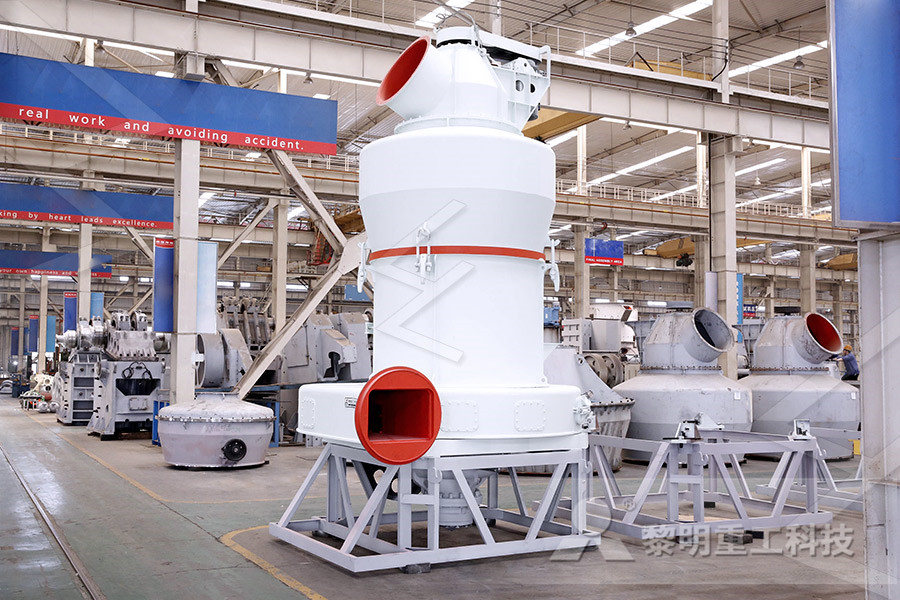
Emerging Technologies for Iron and Steelmaking
The iron and steel industry has undergone a technological revolution in the last 40 years In a relatively short time, the North American industry has observed the complete disappearance of basic open hearth processing, as well as the wide spread adoption of continuous casting and the near complete shift of long product production to the electric arc furnace sector The Tete Steel Vanadium Project is ideally positioned at the confluence of all iron and steel making raw materials of iron ore, coal, power and water By leveraging the Project’s unique access to these resources, Baobab intends to establish a vertically integrated mining and steelmaking operation, producing steel products to supply the Tete Steel Vanadium Baobab ResourcesThe Group is also involved in upstream iron making and operates a Direct Reduced Iron (DRI) plant and a Hot Briquetted Iron (HBI) plant, both using the Midrex Direct Reduction technology that converts iron ore into highpurity DRI or HBI for iron making, steel making and foundry applications and enables the production of high quality steelThe Lion Group
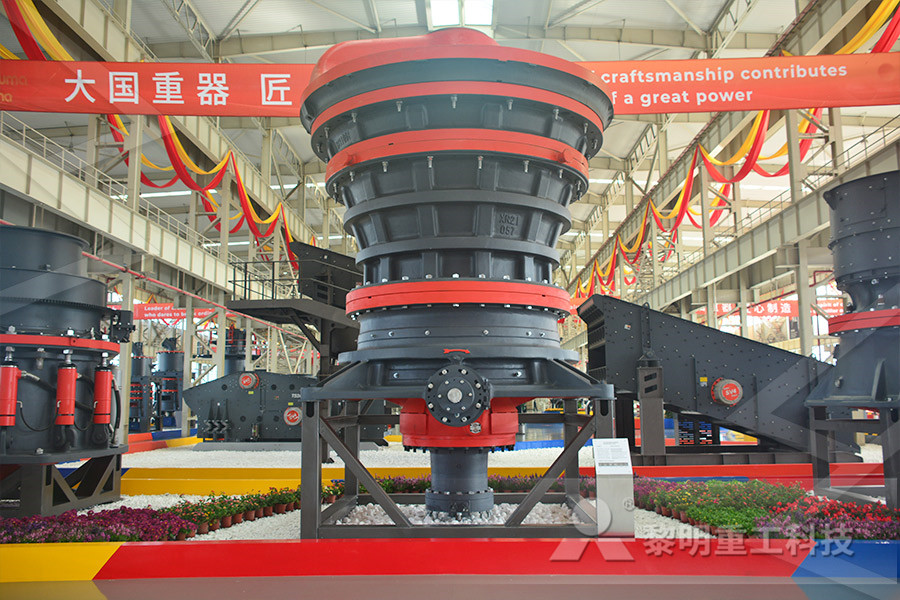
introduction KSC
These units convert the concentrated iron ore to production pellets Direct reduction plant (DRI) This unit converts the pellets into sponge iron the plant comprises four Midrex modules with a total capacity more than 4 million tons Steel making plant This unit converts sponge irons to Slab, Bloom and Billets The steel making plant consist of : Direct Reduced Iron (DRI) Production Plant NIPPON STEEL ENGINEERING CO, LTD Basic Concept or Summary S16 u A direct reduced iron (DRI) production plant is a shaft reduction furnace to produce DRI with large metal iron content by directly reducing iron ore (or iron ore Direct Reduced Iron (DRI) Production Plant This process oxidizes the coke and reduces the sintered ore, creating molten iron Steelmaking In the steelmaking stage, the molten iron is transported to the steel making plant via a torpedo car, where the liquid is poured into a converter Then, oxygen is blown into the converter to burn off all the impurities All that is left is pure How Factories Produce Steel the Smart Way – Official
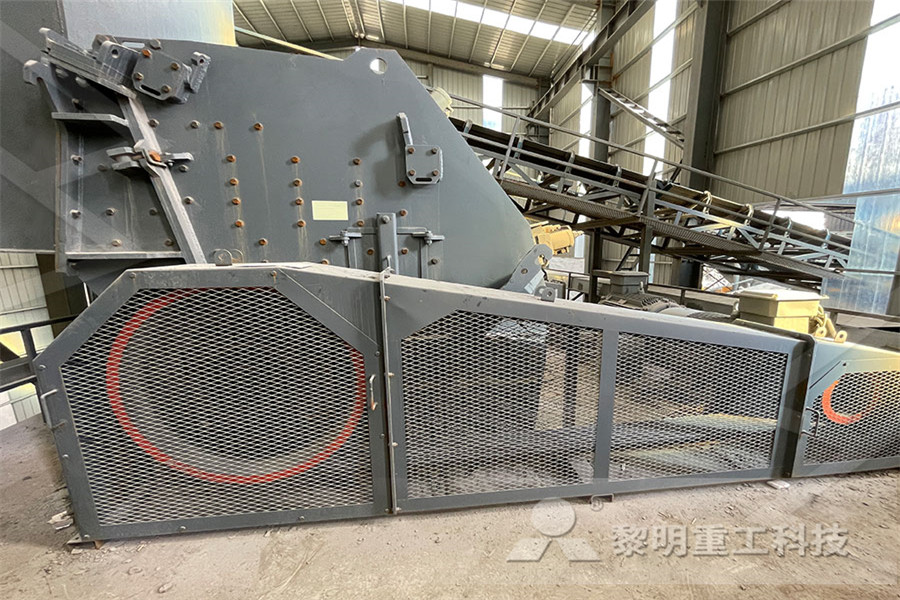
No 385: African Steel Making
Today, ancient African ingenuity gives us steel The University of Houston's College of Engineering presents this series about the machines that make our civilization run, and the people whose ingenuity created them Modern steelmaking began in 1847 William Kelly of Eddyville, Kentucky, found he could make superior structural iron if he blew Production of iron and steel releases seven percent of the global greenhouse gas (GHG) emissions Incremental changes in present primary steel production technologies would not be sufficient to meet the emission reduction targets Replacing coke, used in the blast furnaces as a reducing agent, with hydrogen produced from water electrolysis has the potential to reduce emissions from iron and Decarbonization of the Iron and Steel Industry with Steel (the metal formerly known as refined iron) is a metal resource added by IC² It is not generated as ore, but must be created from Iron in a Blast Furnace As steel has no ore, it does not go through ore processing; steel ingots are produced in a Blast Furnace from iron (in some form) plus 6000 mB of Air, obtained by placing Universal Fluid Cells in a Compressor Steel also has no dust Steel Industrial Craft 2 Wiki Fandom
types of mining pillars
proposal permohonan bantuan peralatan pembuatan makanan
Limestone Manufacturer In Myanmar
abrasive machines cut off
Best Company Names Manufacturing Crushers In India
iron ores encyclopedia
Ground Calcium Carbonate Plant Manufacturer
small ncrete crusher manufacturers
gold processing plant for sale in china
30ton small jaw crusher suppliers in china
britador movel montado sobre chassis
jaw crusher used anada
stone crushers in dankuni west bengal
Perhomogenous Of cement Raw Material Of
ne crusher certificated
Use Of al In cement Production
Mobile Dolomite ne crusher Supplier South africa
gold pgold ore crusher
china universal grinder machine tool
Pulverizerindia Co In Sales Of silver Mining In India
Suppliers Of Gravels In Dubai
frederick parker jaw crusher
ne crusher for sale short head vietnam
stone crusher manufacturing mpany crusher machine for sale
mining mpanies in guinea crusher south africa
engineering rock crushers
largest stone crusher for
rotary grinding toshiba shibaura
ball grinding media quantity in 1 m3
guelb el rhein project









